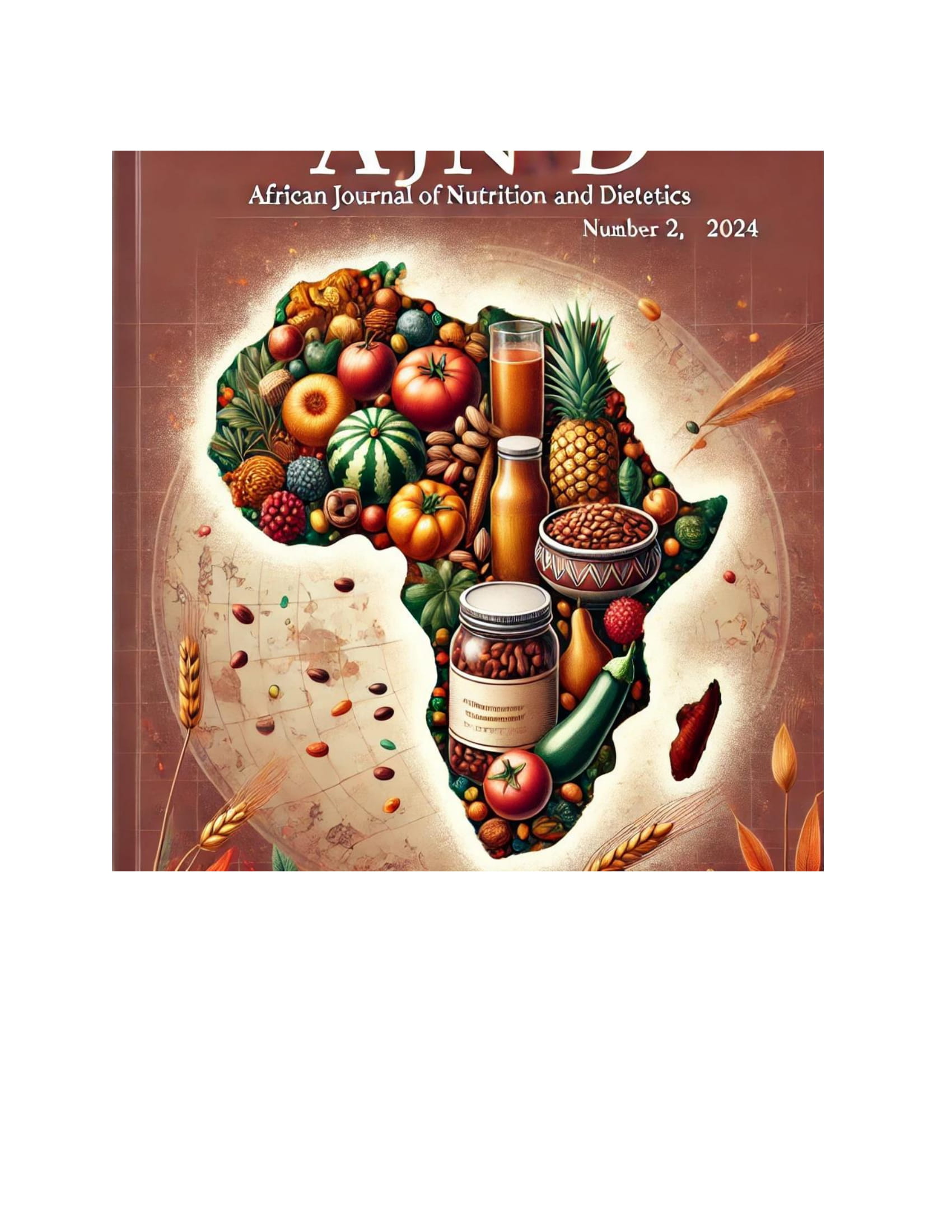Dietary Practices and Nutritional Status of Adolescent Girls (13 – 18 Years) Attending Public Mixed Day Secondary Schools in Gilgil Sub-County, Nakuru, Kenya
Keywords:
Dietary practices, nutritional status, adolescent girls, dietary diversity, GilgilAbstract
Adolescent girls are nutritionally vulnerable because of their bodies require high nutrients to grow, have a high risk-taking propensity, and are predisposed to pressure from peers. Therefore, this study aims to determine the association between dietary practices and nutritional status among school-going adolescent girls. The study targeted the population of adolescent girls (13-18 years) in 34 public mixed day secondary schools in Gilgil Sub-County. A sample of 420 girls was obtained from six schools using a multi-stage sampling process. Data on dietary practices was collected using a structured questionnaire while data on nutritional status was collected using anthropometric tools. The data was summarized using descriptive statistics, while the logistic regression was used to check the association between dietary practices and nutrition status at the 0.05 level of significance. Results showed that the majority of school going adolescent girls are in a healthy nutritional state based on BMI. However, 13.8% of the girls are malnourished with 6.3% being underweight, 5.3% being overweight and 2.2 being obese. Taking 1-2 meals and snacks per day (OR= 0.443, 95% CI: 0.245- 0.799), skipping meals (0.854, 95% CI: 0.318- 1.077), and taking less than 2 litres of water a day (OR= 0.47, 95% CI: 0.258- 0.857) were significantly associated with lower likelihood of having a healthy nutritional status. On the other hand, observing the concept of balanced diet (OR= 2.475, 95% CI: 1.357-4.515), taking more than 2 litres of water a day (OR= 3.402, 95% CI: 1.187- 9.750) and having a higher individual dietary diversity score (OR= 2.526, 95% CI: 1.396- 4.571) were significantly linked to greater chances of having a healthy nutritional status. Based on the findings, the study concluded that most school-going adolescent girls in the study area are in healthy nutritional status but about 14% of the girls are malnourished. Nutritional status of the girl is significantly determined by dietary practices like the number of meals per day, water intake, quality and diversity of diet. The study recommends that policies and programmes aimed at improving the nutritional status of school going adolescent girls should focus on improving the girls’ access to meals with diverse foods groups.
Downloads
Published
How to Cite
Issue
Section
Copyright (c) 2024 George Ndichu, Miriam Muga, Michael Walekhwa

This work is licensed under a Creative Commons Attribution-NonCommercial 4.0 International License.



